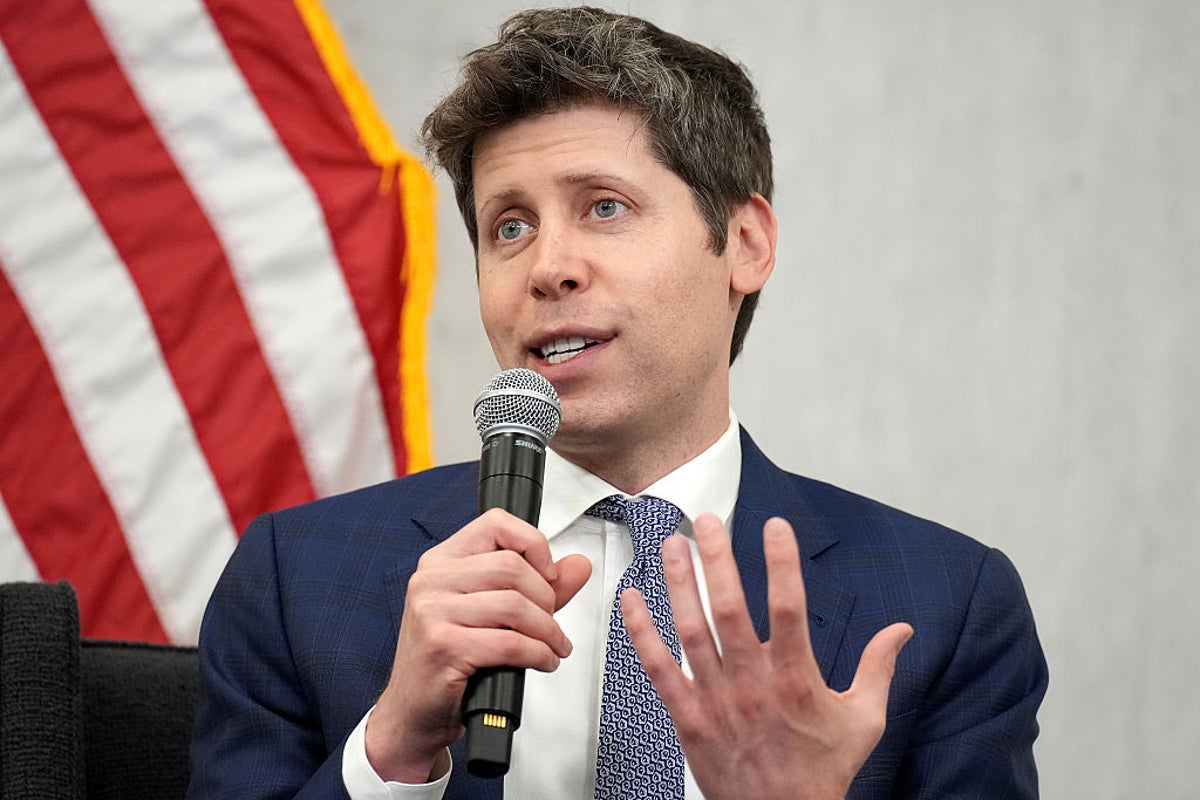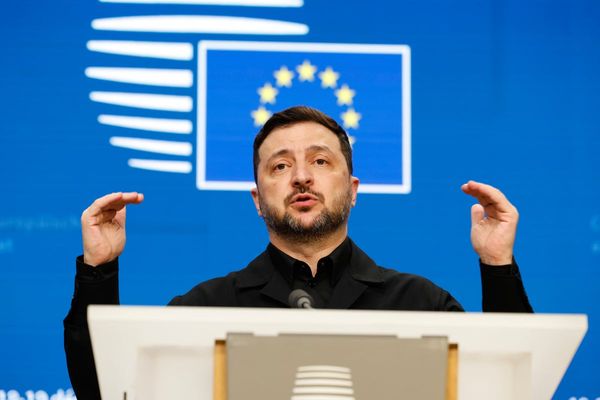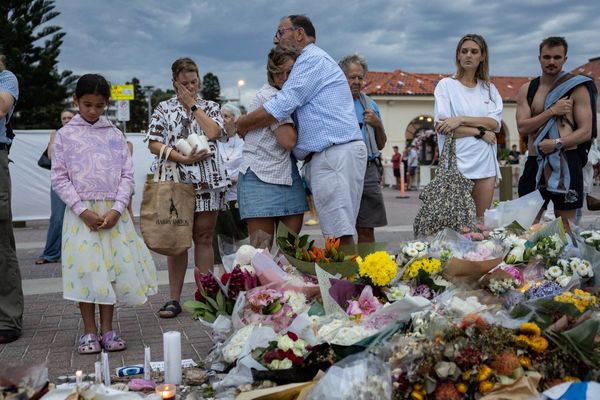
Sam Altman, the chief executive of ChatGPT creator OpenAI, has claimed that the current trajectory of artificial intelligence development suggests that AI could be close to curing cancer.
In a blog post on Tuesday, titled ‘Abundant Intelligence’, the tech billionaire predicted that with 10 gigawatts of computing power, AI could reach a level that would solve some of the world’s biggest problems.
Mr Altman also said that his company is aiming to build a factory capable of producing a gigawatt of new AI infrastructure every week – though it will likely take years to achieve this level of production.
“If AI stays on the trajectory that we think it will, then amazing things will be possible,” he wrote.
“Maybe with 10 gigawatts of compute, AI can figure out how to cure cancer. Or with 10 gigawatts of compute, AI can figure out how to provide customised tutoring to every student on Earth.”
Researchers are already using AI to make real-world scientific discoveries, with Google DeepMind’s AlphaFold tool used to speed up vaccine and drug research.
AI has also helped improve cancer diagnostics, however it is yet to cure any disease outright.
The difficulty with cancer is that it is not just one disease but hundreds, and even advanced AI capable of detecting correlations at a superhuman level would not necessarily be able to comprehend the underlying mechanisms required for curing even one type of cancer.
Mr Altman’s comments come just a day after OpenAI announced a landmark AI infrastructure deal with Nvidia, which will finance multi-gigawatt data centres to power next-generation artificial intelligence.
“This is the biggest AI infrastructure project in history,” Nvidia founder and CEO Jensen Huang said.
“This partnership is about building an AI infrastructure that enables AI to go from the labs into the world.”
The first OpenAI data centres built with Nvidia systems are expected to go online in the second half of next year.
“We’re literally going to connect intelligence to every application, to every use case, to every device – and we’re just at the beginning,” Mr Huang said. “This is the first 10 gigawatts, I assure you of that.”
We finally know how people are using ChatGPT. It’s not what you thought
Oxford University gives students full free ChatGPT access
Trump’s tech billionaire cohort and their royal welcome
Cyber attack on JLR should be a ‘wake-up call’ for British industry – minister
Expert reveals how the TikTok ‘For You Page’ actually works
Trump vs Tech: How an immigration fight could blow up the fragile alliance







